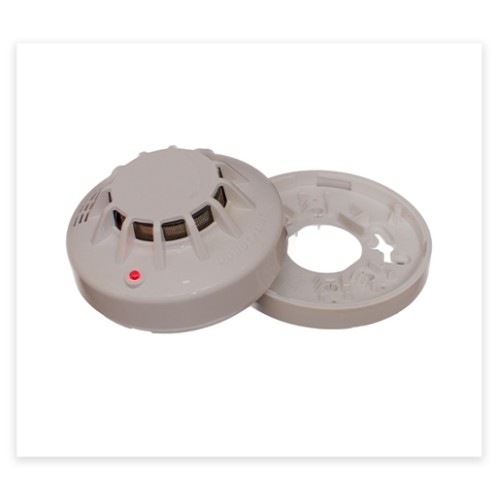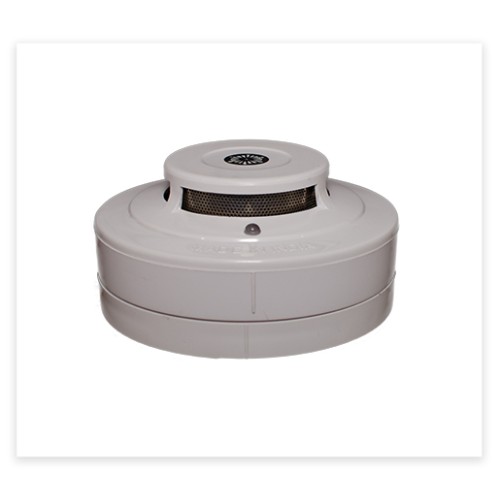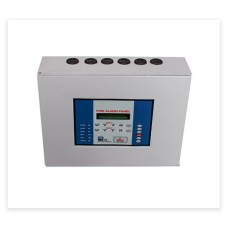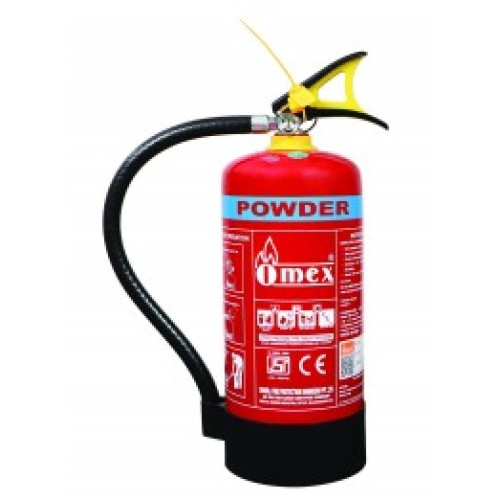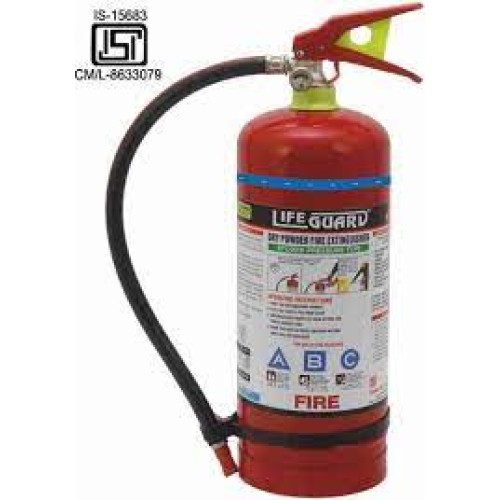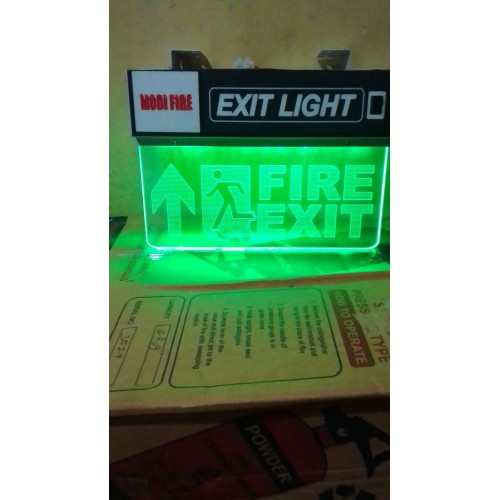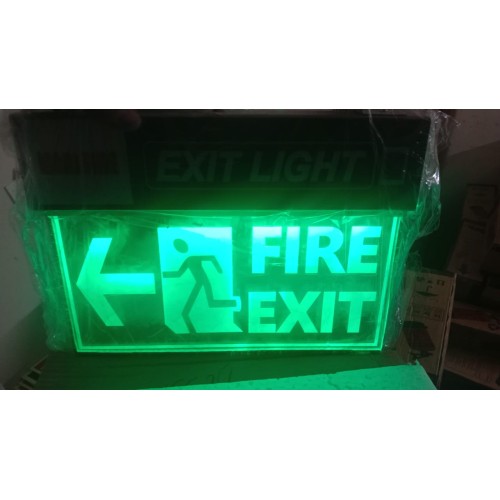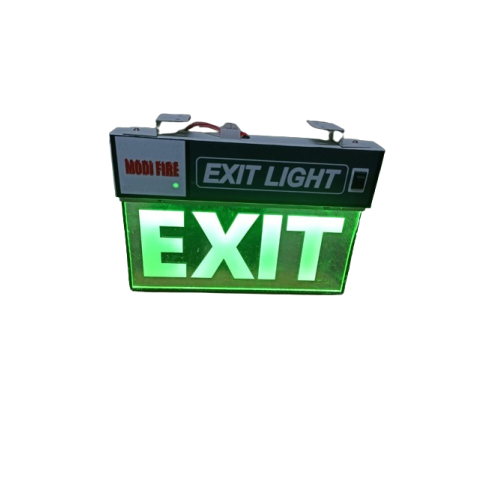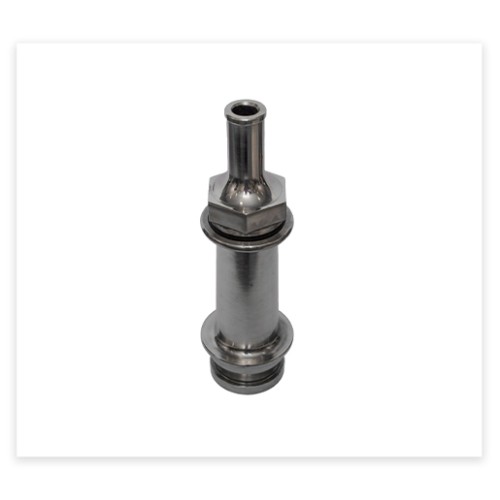Fire Alarm System
A 2 Zone Fire Alarm Panel is a fire detection and alarm system designed to monitor and control fire alarm devices in two distinct areas or zones of a building or premises. It is an essential safety feature for smaller buildings or areas where fire risks are present in different sections, allowing each zone to be independently monitored for smoke, heat, or fire signals. The panel alerts personnel to the presence of a fire within a designated zone, enabling a swift response to mitigate damage and ensure occupant safety.
Key Features of a 2 Zone Fire Alarm Panel:
Dual Zone Monitoring:
The 2 zone designation means that the panel is capable of independently monitoring two distinct areas of a building. These zones could be different rooms, floors, or wings of a building. Each zone will have its own set of detectors, such as smoke detectors, heat detectors, or manual call points, linked to the alarm panel.
The system will activate visual or audible alarms, such as flashing lights or sirens, when a fire hazard is detected in either of the zones.
Fire Detection Devices:
The panel can be connected to various types of fire detection devices, including:
Smoke detectors: Detect the presence of smoke in the air, which may indicate a fire.
Heat detectors: Trigger an alarm if the temperature exceeds a certain threshold, often used in areas where smoke detectors might be less effective (like kitchens).
Manual call points: Allow individuals to manually trigger the alarm if they notice a fire.
Carbon monoxide detectors (optional): Can be included to monitor for toxic gases.
Audible and Visual Alarms:
When a fire or hazard is detected, the fire alarm panel triggers audible alarms (like sirens or bells) and/or visual alarms (like flashing lights or beacons). This alerts building occupants to evacuate immediately and take appropriate action.
Indicator Lights for Zone Status:
A 2 Zone Fire Alarm Panel typically has indicator lights for each zone to show the current status (e.g., normal, alarm, fault, or active). These lights help operators identify which zone has triggered an alarm and allows for faster identification of the fire's location.
Test and Reset Functions:
The fire alarm panel includes a test button for checking the functionality of the connected devices, ensuring they are working correctly.
There is also a reset function that allows users to reset the system after an alarm event, such as a false alarm or maintenance.
Manual and Automatic Alarm Activation:
The fire alarm system may activate automatically upon detecting a fire condition (from smoke or heat). It also provides the ability for manual activation, where a person can trigger the alarm from a manual call point.
Battery Backup:
To ensure continuous operation in the event of a power failure, most fire alarm panels include a battery backup. This ensures that the fire alarm system remains functional even if the main electrical supply is interrupted.
Status Indicators and Alarms:
The panel provides real-time indicators for system health, including the power status, battery status, and trouble conditions (e.g., faults in the wiring or communication with detectors). These alerts are critical for ensuring the system remains operational.
Compliance with Fire Safety Regulations:
The fire alarm system is designed to comply with local fire safety codes and regulations. These regulations often require fire alarm systems to be tested, maintained, and certified for safety and reliability.
Integration with Other Safety Systems:
A 2-zone fire alarm panel may integrate with other safety or building management systems, such as sprinkler systems, emergency lighting, and evacuation systems. When the fire alarm is triggered, it may automatically activate other systems to mitigate the impact of the fire.
Send Message
